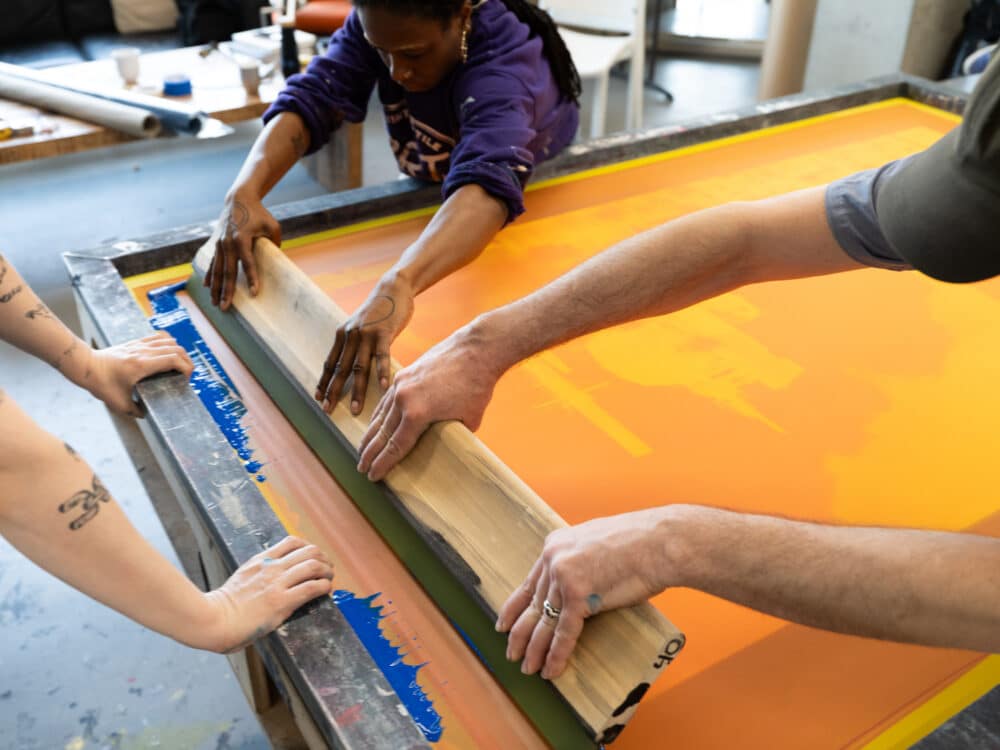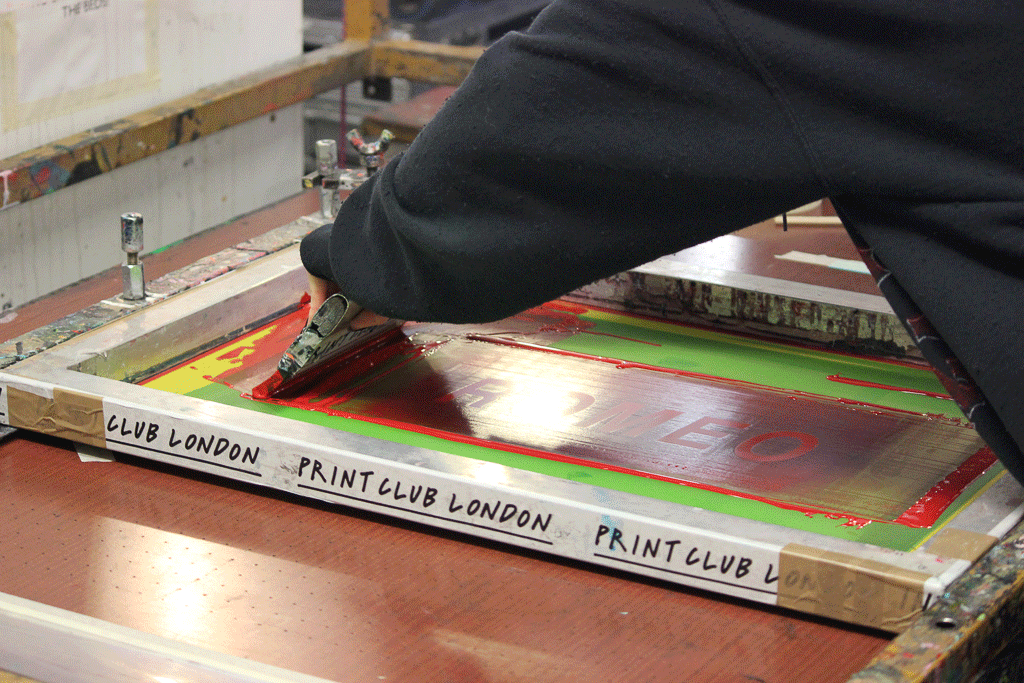ChatGPT said: Finding the best deals with 10:9 Design near me: strategies
The Crucial Overview to Recognizing Screen Printing and Its Versatile Uses
Screen printing has a rich history that dates back to old times, developing right into a sophisticated technique made use of throughout various markets today. This guide explores the complexities of the screen printing process, outlining its applications in advertising, home, and fashion style - 10:9 Design Abilene. Understanding these fundamentals can open up innovative potential for both business and imaginative projects. The complying with areas will certainly reveal vital ideas and techniques to improve one's screen printing endeavors
The History of Screen Printing
Screen printing has roots that map back centuries, its evolution mirrors the technical and imaginative innovations of various cultures. Stemming in old China, the strategy was initially used for embellishing fabrics and later spread to Japan, where it became important to Ukiyo-e woodblock printing. The technique changed to Europe in the 18th century, where it acquired appeal among artisans and industrial printers. The invention of photo emulsion in the 20th century reinvented screen printing, enabling for more detailed layouts and better performance. Artists like Andy Warhol better pushed its appeal, using the tool to develop legendary works that combined commercialism and great art. By the late 20th century, screen printing had actually established itself as a flexible strategy, employed in vogue, marketing, and art. Today, it proceeds to evolve, incorporating electronic innovation and expanding its applications throughout different markets.
The Screen Printing Refine Explained
Screen printing transforms artistic visions right into concrete designs through a series of specific steps. Initially, a photo is developed and after that transferred onto a screen, typically constructed from fine mesh material stretched over a structure. A light-sensitive emulsion is put on the screen, which is revealed to light, hardening in areas not covered by the photo. After washing out the unhardened emulsion, a stencil is developed.
Next off, the screen is positioned over the substrate, whether it be fabric, paper, or an additional product. Ink is then pressed through the open areas of the stencil using a squeegee, depositing the style onto the substratum listed below. This process can be repeated for several colors, needing different displays for each and every color. The printed item is cured using warm to ensure the ink sticks effectively, resulting in a durable, vivid design all set for use.
Types of Screen Printing Techniques

Additionally, specialized methods, such as discharge screen printing, remove dye from the material to produce softer prints, while foil screen printing uses metal aluminum foil to achieve a shiny finish (10:9 Design Company). Each technique supplies distinct features, accommodating various imaginative needs and manufacturing scales, eventually increasing the possibilities within the screen printing domain
Applications of Screen Printing in Numerous Industries

In addition, the signs and advertising markets make use of screen printing for producing appealing display screens and banners. This approach enables for vibrant colors and complex layouts that capture attention. In electronics, screen printing is used for applying conductive inks to motherboard, vital for element links. The home décor sector embraces screen printing to create distinctive designs on fabrics and wall surface art. Overall, screen printing offers as an important device across varied areas, enhancing products with personalized and aesthetically attractive graphics.
Tips for Effective Screen Printing Projects
While embarking on a screen printing job, cautious interest to detail can significantly improve the final result. Choosing high-quality products is essential; this includes the screen, inks, and substrates. Making use of ideal mesh counts can affect ink deposition and detail resolution. Prep work is just as essential; detailed cleansing of displays and proper direct exposure times assure crisp prints.
Next, precise registration is important for multi-color prints. Using positioning devices can assist achieve exact layering. Additionally, screening prints on scrap materials before manufacturing helps recognize prospective problems without squandering resources.

Regularly Asked Concerns
What Products Are Best for Screen Printing on Textile?
Cotton and polyester blends are excellent for screen printing on material as a result of their toughness and ink absorption. Additionally, specialized textiles like silk or canvas can generate unique appearances and coatings, enhancing the general style high quality.
Exactly how Do I Clean and Maintain Screen Printing Tools?
To clean up and keep screen printing devices, one must on a regular basis wash screens with proper solvents, evaluate mops for wear, oil relocating parts, and store all products in a dry, dust-free environment to extend their life expectancy.
What Are the Ecological Influences of Screen Printing?
Screen printing can have considerable environmental impacts, consisting of chemical waste from inks and solvents, water usage during cleansing processes, and energy consumption. Lasting practices and green materials are essential for decreasing these unfavorable effects.
Can Screen Printing Be Done in your home Efficiently?
Screen printing can be successfully done at home with the appropriate materials and methods. Enthusiasts can develop high quality prints, though success depends on their skill level, tools, and understanding of the procedure entailed.
What Are the Expenses Linked With Starting a Display Printing Company?

Starting a screen printing organization entails expenses for tools, materials, and work space. Preliminary expenses commonly vary from a couple of hundred to numerous thousand dollars, depending on the scale, quality of machinery, and wanted manufacturing ability.
Screen printing has an abundant background that dates back to old times, progressing right into an advanced method used throughout different markets today. An additional strategy, rotating screen printing, uses round displays, helping with constant printing on material rolls, consequently enhancing performance for large manufacturings. Additionally, specialty techniques, such as discharge screen printing, get rid of color from the material to create softer prints, while website aluminum foil screen printing applies metal foil to attain a shiny surface. In the style field, screen printing is commonly made use of to create vivid layouts on garments, enabling brand names to showcase their one-of-a-kind styles. Cotton and polyester blends are suitable for screen printing on textile due to their durability and ink absorption.